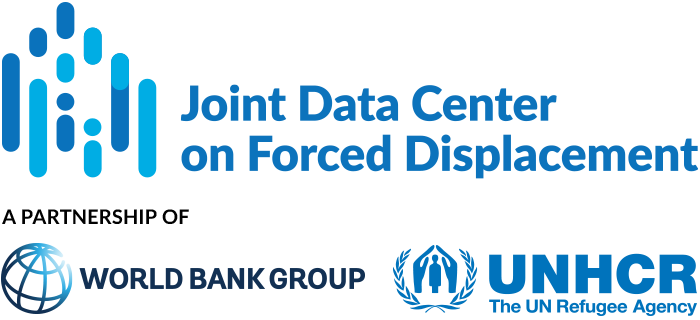JDC Literature Review
The JDC literature review contains summaries of recent publications and academic scholarship on issues relating to forced displacement.
Property rights and post-conflict recovery: Theory and evidence from IDP return movements in Iraq
This working paper examines the impact of property rights on the return decisions of internally displaced persons (IDPs) in Iraq following the 2014-2017 civil war against the Islamic State (IS).
Home, again: Refugee return and post-conflict violence in Burundi
This paper explores the connection between mass refugee return and the emergence of violence in post-conflict societies, by investigating the impact of mass refugee return to Burundi after the country’s 1993–2005 civil war. The author also considers how the experience of return migration affected individuals’ future behaviour, in the context of the 2015 electoral crisis in Burundi.
The journey home: Violence, anchoring, and refugee decisions to return
This paper examines the factors influencing the return intentions of Syrian refugees in Lebanon. According to UNHCR data, Lebanon hosts over a million Syrian refugee, making it the largest per capita refugee population globally.
When do displaced persons return? Postwar migration among Christians in Mount Lebanon
This paper investigates postwar return migration among Lebanese Christians displaced during the Lebanese civil war (1975 – 1990).
Coping with Partition: Wealth, Security, and Migration in Post-Separation Sudan
This study investigates the migration decisions of Southern Sudanese residents of Khartoum following the 2011 referendum that led to the separation of South Sudan.
The desire to return during civil war: Evidence for internally displaced populations in Colombia
This paper investigates the determinants of the desire to return for internally displaced households in Colombia.
The crime effect of refugees
This paper investigates the impact of Syrian refugees on crime rates in Türkiye between 2006 and 2016. By 2016, approximately 3 million Syrian refugees had settled in Türkiye, resulting in a 4 percent increase in the country’s population.
More than the Sum of Its Parts: Donor-Sponsored Cash-for-Work Programmes and Social Cohesion in Jordanian Communities Hosting Syrian Refugees
This paper examines the impact of donor-funded Cash for Work (CfW) programs in Jordan on social cohesion in refugee-hosting communities in Jordan. At the time of the study, there were between 0.6 and 0.7 million registered Syrian refugees in Jordan.
Reducing Prejudice toward Refugees: Evidence That Social Networks Influence Attitude Change in Uganda
This paper details the results of a field experiment to assess the effectiveness of an intervention aimed at shifting the attitudes of host populations towards South Sudanese refugees in four villages in the West Nile region of Uganda.
Welcoming the Unwelcome: Refugee Flows, Refugee Rights, and Political Violence
This article investigates the impact of de jure refugee rights on the risk of civil conflict and violent attacks against refugees by the local population. The de jure rights examined include the right to work, freedom of movement, the right to own property and land, and the right to education.


